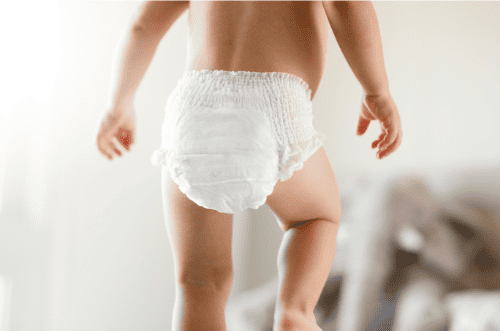
As parents, you want your child to stop using diapers and learn how to use the toilet as they grow up.
Teaching your child how to use the toilet instead of diapers is called toilet training. It involves several steps to develop skills in toileting so they can be independent later on.
Peeing/pooing in diapers can become a habit for some children who have been using them for a long time. It happened because they’ve done it so repetitively in the past, so it turns into a habit.
The first important step in toilet training is to break this habit. And to break a habit, you need to replace it with a new habit.
But how would you break your child’s habit (of peeing/pooing) in diapers and get them to use the toilet instead?
Forming a new habit of using the toilet instead of diapers can be done through consistent repetition.
Teach your child that ‘when it’s time to go,’ they need to go and do it in the toilet, not in diapers.
However, remember that existing habits can be difficult to break once established. Therefore, forming a new one need structured steps and repetition.
Here are the necessary steps you need to do to form a new habit (of using the toilet instead of diapers) for your child:
1. Bring your child to the toilet at regular intervals
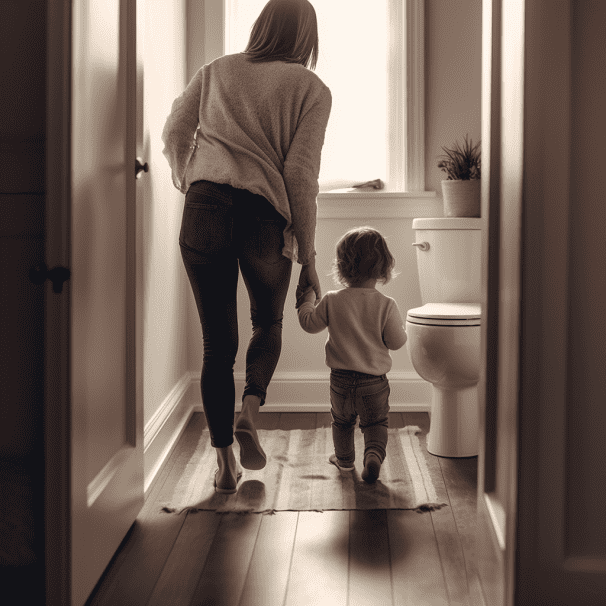
Start by taking your child to the toilet regularly, such as every 2 hours or every 1 hour if they drink a lot of water or pee often.
2. Have your child sit on the toilet seat
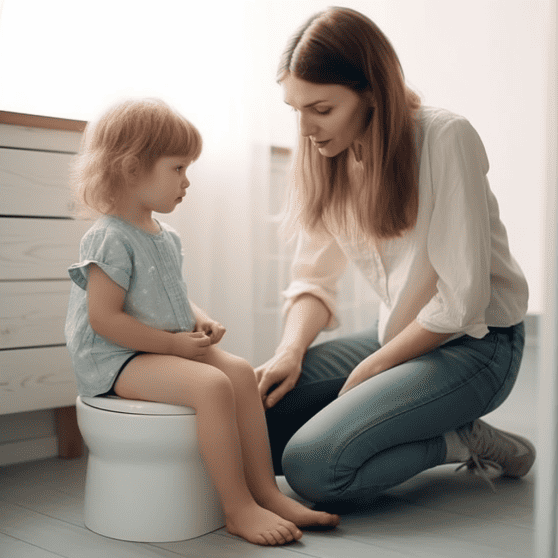
Encourage your child to sit on the toilet for about 5 minutes and wait for them to ‘pee’. Avoid making them sit longer, as it can be uncomfortable and create negative feelings.
You don’t want your child to develop a negative association with using the toilet, as it could lead to refusal in the future.
3. Have your child wear pants/underwear

Switching from diapers to underwear or pants during toilet training is recommended because wet underwear or pants will make them uncomfortable.
It will strengthen your child’s desire not to wet their underwear and wait until they get to the toilet first.
4. “Rinse & Repeat”
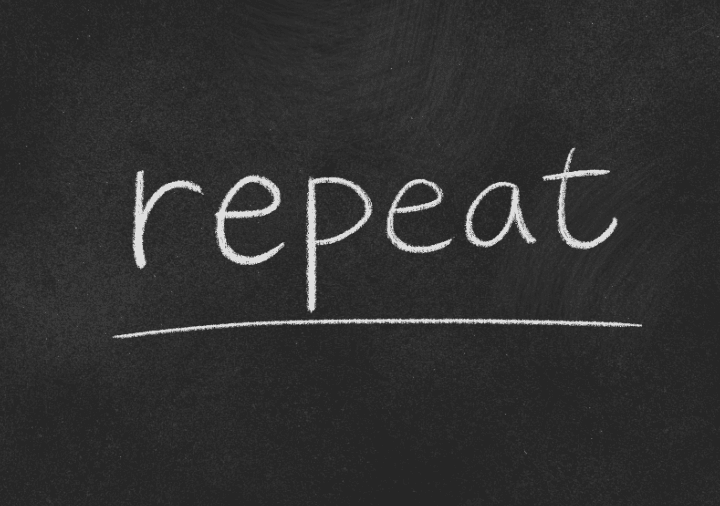
As mentioned before, forming a new habit need consistent repetitions.
You must repeat the steps consistently until your child can tell when to go to the toilet.
What if you’ve followed every step mentioned above, but your child still wet their pants?

First of all, you need to remember that every child is unique, so they may be ready for toilet training at different times. Some children would only take days, while others could take weeks or months.
It’s normal to experience setbacks and accidents during the process.
However, if your child can’t stay dry all the time, you must figure out why this is happening. Is it because of a bladder control problem? Or is it simply because of behavioral issues?
To get to the bottom of it, you must communicate with your child and ask them why they keep wetting their pants.
Remember, avoid getting angry or punishing your child; this can lead to negative behavior.
Some children may have issues with the ability to control their bladder. To know for sure, you need to consult a pediatrician.
Suppose it is purely because of a behavioral problem. In that case, you need to modify the behavior using a ‘positive reinforcement’ technique.
Positive reinforcement techniques can effectively motivate your child to learn and adopt new positive behaviors.
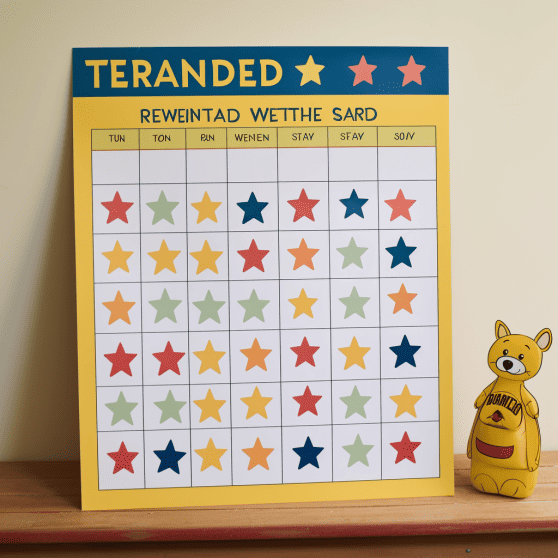
A reward chart is one of the most popular positive reinforcement techniques used in toilet training. Using a reward chart, you can help motivate your child to learn and use the toilet by visually representing their progress and success.
In addition, using a reward chart also helps reinforce your child’s efforts and helps build their self-esteem and confidence.
To learn how to use a reward chart in toilet training, check out this article, where I explain how to use it step-by-step.
Conclusion
Breaking a habit and starting a new one takes time and effort.
But don’t be discouraged because, with repetitions and consistency, your child will eventually get used to the new habit.
Creating a habit of going to the toilet is just the first step in toilet training. It is simply to stop them from peeing/pooing in diapers.
This means your child would still need your help doing the whole toileting process. For example, they would still depend on you to bring them to the toilet, get them on the toilet seat, wash/wipe their bottom, etc.
All of those are called toileting skills that they need to learn to be completely independent.
If you want to know the necessary skills required for your child to be completely independent in toileting, check out my article here.
I hope this article is helpful to you, and if you like it, you may check out my other articles from this blog. Thanks for visiting my blog!


